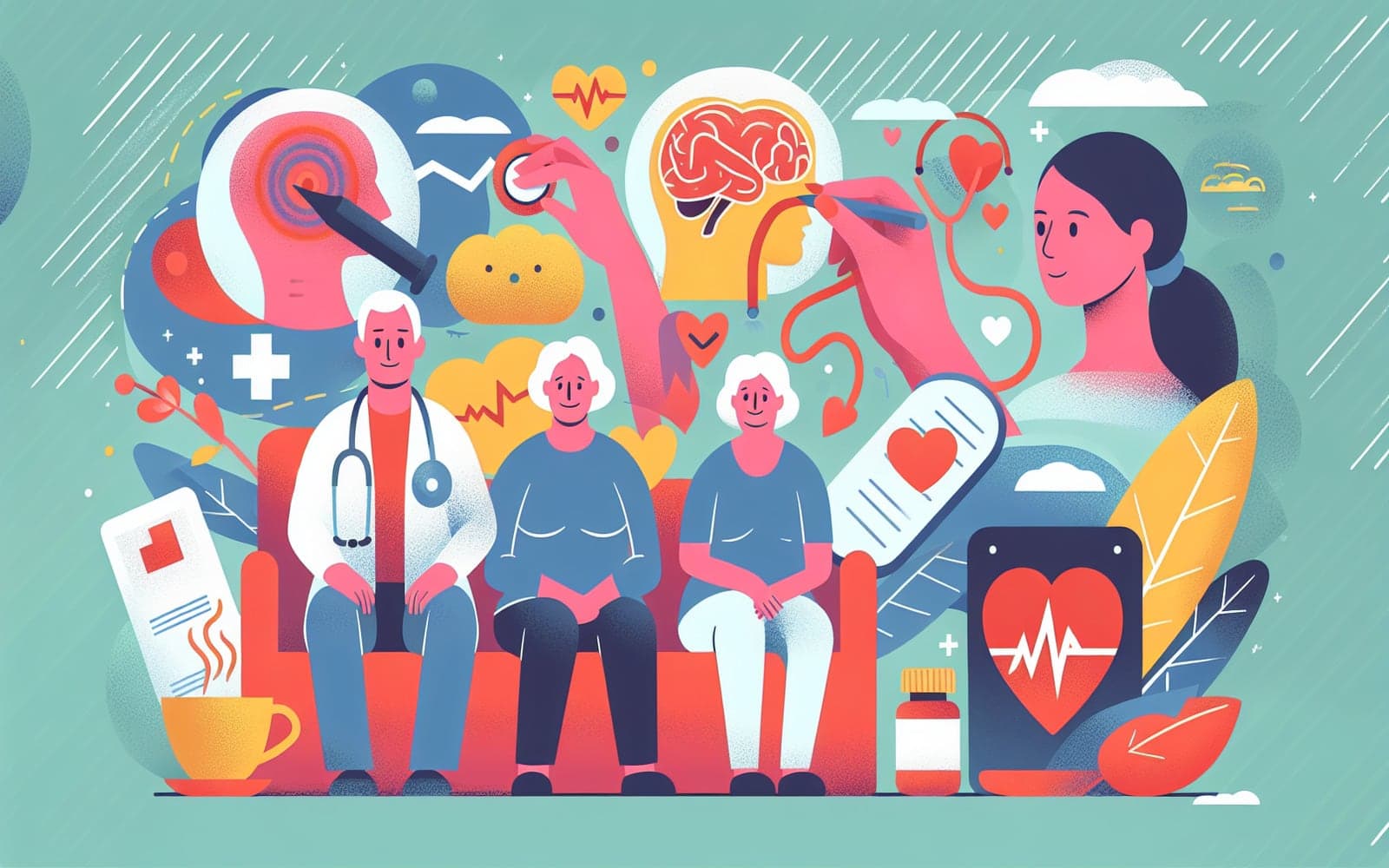How to Prevent Complications After a Stroke!
Published: Jun 02, 2024

Medically reviewed by Alan Lucks | MD, Alan Lucks MDPC Private Practice - New York on June 2nd, 2024.
After a stroke, preventing complications is just as important as the initial treatment. Learn the steps you can take to avoid further health issues.
Contents
Understanding Stroke Complications
A stroke can lead to several complications, including pneumonia, urinary tract infections, and deep vein thrombosis. These occur due to the body's weakened state and immobility after a stroke. Addressing these early can significantly improve recovery outcomes.
Preventive Measures
Preventive strategies focus on maintaining good hygiene, monitoring vital signs, and ensuring proper nutrition. For instance, ensuring the patient is hydrated and regularly repositioned can prevent sores and infections. Early mobilization, where possible, is also crucial.

Role of Rehabilitation
Rehabilitation plays a key role in preventing complications and promoting recovery. Physical therapy helps regain strength and mobility, while speech therapy addresses communication challenges. A coordinated approach ensures a holistic recovery.
Frequently Asked Questions
Pneumonia, infections, and blood clots are common complications.
Good hygiene, proper nutrition, and early mobilization are key preventive measures.
Rehabilitation aids in recovery and prevents further complications.
Yes, it helps regain strength and mobility.
Key Takeaways
Preventing complications after a stroke is crucial for a better recovery journey.
Get started with Doctronic to learn more about stroke prevention strategies.Related Articles
References
Chamorro Á, et al. The future of neuroprotection in stroke.
Langhorne P, et al. Very early versus delayed mobilisation after stroke.
This article has been reviewed for accuracy by one of the licensed medical doctors working for Doctronic. Always discuss health information with your healthcare provider.

